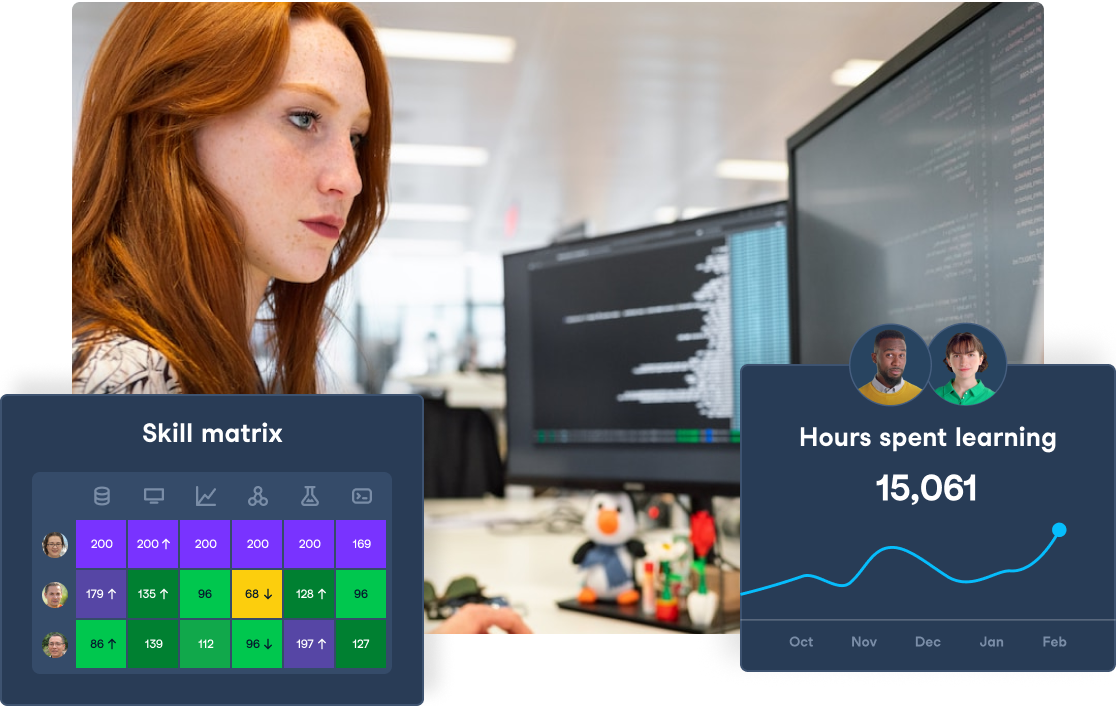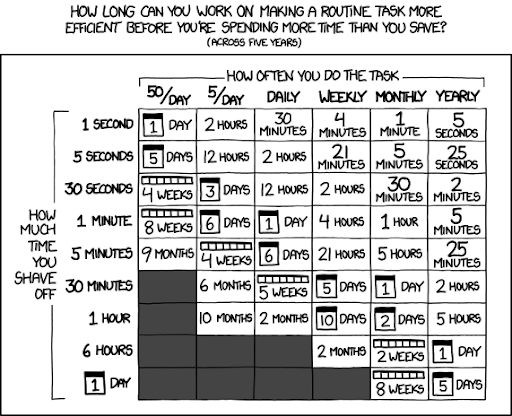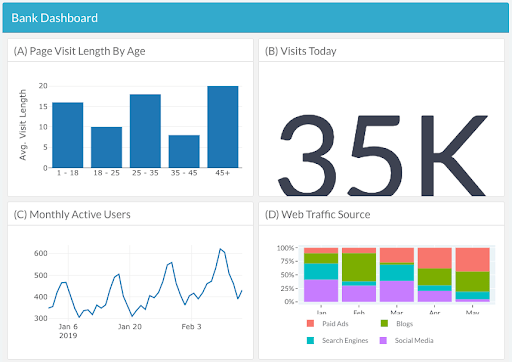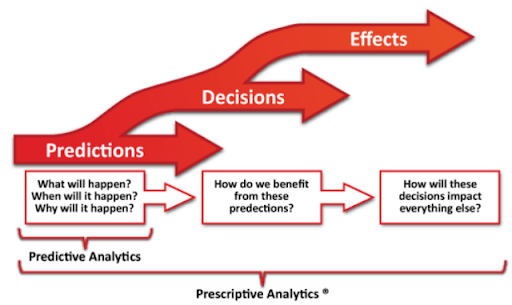Why is Python so important?
Python improves work for everyone
Python is widely used and is one of the top programming languages for data science, web development, system administration, writing automation scripts, and more. Out of the box, Python allows users to store, access, and manipulate data. It also has a huge and growing ecosystem with a variety of open-source packages and libraries. This means different roles can use Python for different purposes.
Python is useful for almost every industry, including healthcare, finance, technology, consulting. The healthcare industry is using machine learning algorithms in Python to prevent and diagnose disease and optimize hospital operations. Farmers use Python to make yield predictions and manage crop diseases and pests with the help of IoT technology.
Python is one of the most popular languages for business analytics today and continues to grow at an astonishing rate. It’s commonly considered one of the easier programming languages to read and learn—its programming syntax is simple and its commands mimic the English language. It's one of the reasons why many business analyst certifications feature Python.
Boost Your Team's Python Proficiency
Train your team in Python with DataCamp for Business. Comprehensive training, hands-on projects, and detailed performance metrics for your business.

Python is replacing Excel to scale business decisions
Python and other open-source programming languages like R are quickly replacing Excel, which isn’t scalable for modern business needs. Excel has been the de facto decision engine for companies for years. But it was built for a world where datasets were small, real-time information wasn’t needed, and collaboration wasn’t as important. Open-source programming languages can help companies make better use of their data, and many roles now require coding knowledge to be data fluent.
One of our data scientists, Chris Cardillo, says, “If somebody spends more than four hours a day in Excel, they will undoubtedly benefit from learning Python/R.” Evaluating your workforce through this lens is useful—it compares the need for programming to a pattern easily identifiable in the workplace. In fact, the ability to drastically improve work outcomes with open-source code is exactly why Chris became a data scientist.
 Source: xkcd
Source: xkcdHow is Python Useful for Business Analytics?
BI and dashboards (Descriptive analytics)
One of the primary goals for business analytics is describing what has happened in order to understand trends and evaluate metrics over time. This field is called descriptive analytics and is typically performed by data analysts.
Data analysts often use Python to describe and categorize the data that currently exists. They engage in exploratory data analysis, which includes profiling the data, visualizing results, and creating observations to shape the next steps in the analysis. Python can be used to manipulate data (using libraries such as pandas), streamline workflows, and create visualizations (using Matplotlib).

Machine learning (Predictive analytics)
Another objective of business analytics is to prepare for the future by predicting what will happen. This field is known as predictive analytics. Machine learning is the branch of predictive analytics that uses streamlined statistical algorithms to predict the future based on existing information and identify relationships and insights—think Netflix’s recommendation engine.
Python is quickly becoming the go-to language of machine learning and is used to create models for Bayesian networks, decision trees, and much more. Google’s TensorFlow is a popular Python library that many data scientists use to quickly access many supervised and unsupervised machine learning algorithms.
Decision science (Prescriptive analytics)
Prescriptive analytics, also known as decision science, is the final phase of business analytics that anticipates what, when, and why certain outcomes will happen—and determines what to do with that information. It applies data to the decision-making process. On our DataFramed podcast, Cassie Kozyrkov, the Chief Data Scientist at Google Cloud, explains the link between decision intelligence and data science.

Decision scientists frame their analysis of data around business problems and use many of the same techniques and tools as data scientists. Their goal is to make insights usable, so their models and visualization methods must be built to communicate those insights. Python is commonly used to create prescriptive analytics tools via deep learning, which uses artificial neural networks to optimize outcomes.
Democratizing Python for Business Analytics
DataCamp has an extensive Python curriculum that is constantly growing. Don’t know where to start? We encourage aspiring data scientists to join our Data Scientist with Python career track for a curated selection of courses.
For companies that value continuous learning, DataCamp for Business makes it possible for employees to keep their skills up-to-date in all areas of business analytics.
Click here to schedule a demo of our platform.
Get certified in data literacy and land your dream role
Our certification programs help you stand out and prove your skills are job-ready to potential employers.

